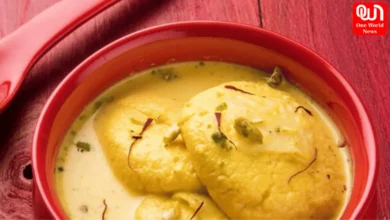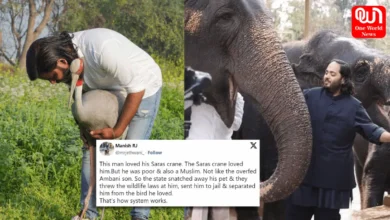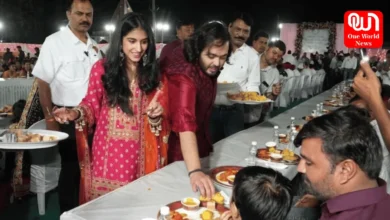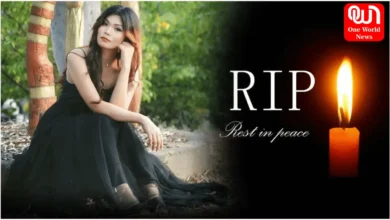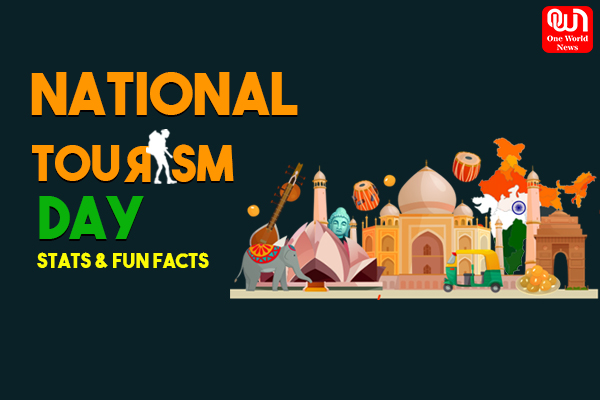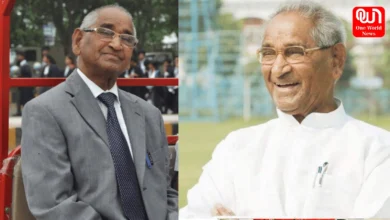
Dear Bollywood, We need more films addressing Female Gaze
The feminist film theorist, Laura Mulvey in her texts about the gaze identifies the term, ‘male gaze‘ as something that represents the gaze of the heterosexual male viewer, how the male protagonist sees things, and how male creators of any film view their films and the characters in their films. In this context, ‘female gaze’ is the term that refers to the perspective of female makers, which certainly enables it to get the potential to bring stories that are different from a male’s view. It may include how the female character sees things, their gaze, and their understanding of the world.
As the theorist, John Berger said in his text, “The Ways of Seeing” – “We never look at just one thing; we are looking at the relation between things and ourselves.” Perhaps, this is how and why a film, a text, a media message that comes from a female has their gaze of how they look upon the world as they associate it with the world within themselves.

Well, let’s see what the female gaze is adding to a story
But firstly, before even talking about what a female maker’s reflection does to a story, let’s first identify the instances of the ‘literal female gaze‘. There have been instances where an acknowledgment is given to the literal female gaze and their sexual desires. It is basically the female gaze of the female character.
In the film Saawariyaan and the film Dostana, irrespective of the story and narrative of the scenes, the towel dance song, ‘Jab Se Tere Naina’ and the sequence in which the guys strip in Dostana, apparently defined the desires of females towards males. Before that, we would have generally seen men being masculine and authoritative, thinking that’s what women like. But this film shows the fantasy of women, that the man tries to project. It is certainly sensual and not objectifying and hence, the instances become even more meaningful.
Coming to what the female gaze does to a story, here are a few instances
Note – I am not counting the instances of feminist films like Lipstick Under My Burkha or Chapaak where the plot of the film is entirely female-centric are made to show prospects of woman. Instead, I am taking examples of films that acknowledged female desires in the subplots so as to make it more clear, what difference can female gaze bring in a story.
To begin with, I would like to take Monsoon Wedding by Mira Nair as an example. The film, from above is about a wedding in monsoon season. There heart-warming sequences of the family enjoying and prepping up for the wedding. In the subplots, there comes the story of the bride, who is in love with the other man, and this fact never came in front of the parents. Then there is a family member who is certainly a pedophile and assaults the kids of their family. And, there is a boy who likes to be feminine. And the whole story unfolds so normally as it generally does. There is no long drama by female protagonists, no long feminist speeches, it is natural and just like it would have been if something like this would have actually happened. A HUSH HUSH.
Then, we have the example of Zoya Akhtar’s ‘Dil Dhadkne Do’, the film which is about a rich family which looks perfect from the outside but has loopholes in it. It so creatively expresses the desires of women, be it sexual, cultural, social, or structural desires. Priyanka Chopra’s desire to find her identity, to have her say in her marriage, Shefali Shah’s deep struggle to find her identity in the marriage but subtly accepting what she is getting from her husband to Anushka Sharma, identifying her love and then not settling for it when she felt betrayed. And there is drama and no drama-like situations in the film because the family is surrounded by friends and family, who think everything is normal and happy.
In the film Raazi by Meghna Gulzaar, the main idea of the film is not to reflect upon how the female protagonist shows her patriotism, it is broadly about the patriotism itself. But in the subplots, it is evidence of how a woman sees the nation, the notion. She is a spy. Mostly, the female spies are shown as witchy or sexually attractive. But Sehmat (Alia Bhatt) here portrays to be vulnerable and natural. At every step, the writer and maker have not taken away her identity and made her a sex object for attraction. She is shown emotional, week and loving, and even kind at times, and then she is clever and aware too. Even in the marriage, she is in, she doesn’t try to attract the male counterpart, instead made it a natural incident of intimacy that is a gender-equal representation.
In Gauri Shinde’s English Vinglish, which is a women-centric film where the mother is a homemaker who doesn’t know how to speak English in weak and unimportant because she doesn’t know English. She is good at everything, especially at making laddoos but that’s not important. She decides to learn English, and she feels empowered after learning it, not with the English she has learnt but the fact that she started to find self-identity. At the wedding, she chooses to make laddoos instead of going for the speech in the English class, not because she was asked to do it but because she took pride in it. Making laddoos is the best that she knows doing and she finds that her power. And yes, there is no fancy speech that she makes to put her empowerment.
Well, these are a few examples but there are so many more, which have been about the female gaze of this world including Gully Boy, A death In Gunj, Dear Zindagi, the recently released, ‘Sir’ and so many more. Such films are different not in the way they are made but in the way in which they give space to the desires of female protagonists. And they make scenes look so natural that the makers don’t need words to tell what is the emotion, it is the scene that describes it. Hence, to know female prospects, we need more films with a female gaze.
Let us know in the comments, what do you think about the idea of the female gaze.
Have a news story, an interesting write-up or simply a suggestion? Write to us at info@oneworldnews.com


